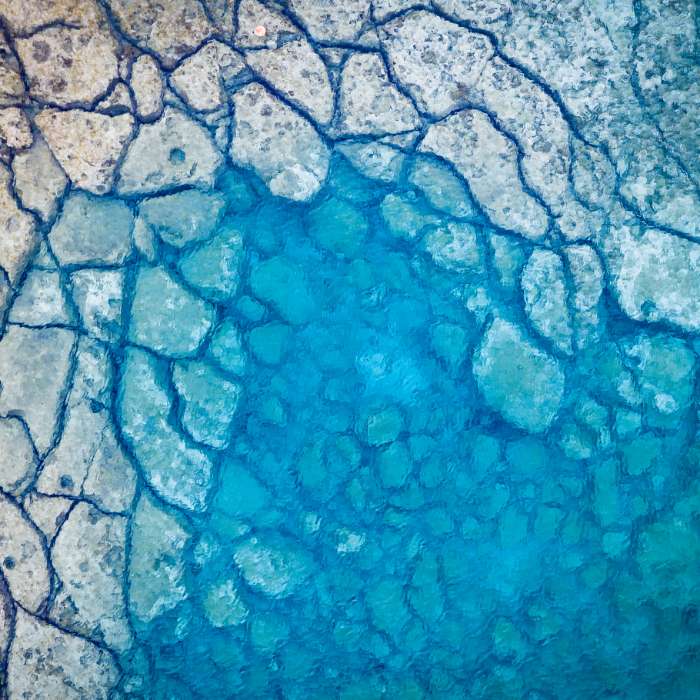Projects
Work Together. Build Understanding. Take Action
Our projects are aimed at supporting people to protect the natural and cultural values they care about. Based on far north Queensland Australia, we work across Australia and internationally.

Opportunities in the carbon market for small-scale rainforest revegetation
The community-based tree planting group Trees for the Evelyn and Atherton Tablelands (TREAT) and Terrain NRM were interested to understand […]
- Filter Projects
- Climate Change
- Conservation Ecology
- Ecological Restoration
- First Nations Knowledge
- Strategic Planning
Filter Projects
- Filter Projects
- Climate Change
- Conservation Ecology
- Ecological Restoration
- First Nations Knowledge
- Strategic Planning
Aboriginal Shire Councils managing climate change impacts
February 13, 2024
The Wujal Wujal and Yarrabah Aboriginal Shire Councils (ASCs) sought more information about projected changes in temperature, rainfall, sea levels and extreme weather for their ...
Read More →
Consequences of climate change for management of land and sea Country by Indigenous Rangers
February 13, 2024
Cath Moran ecological worked with Cape York NRM and the Balngarrawarra and Lama Lama Land & Sea Rangers, as well as the Western Cape Turtle ...
Read More →
Biodiverse rainforest revegetation in wet tropical Australia
February 13, 2024
Revegetation practice in the Wet Tropics of Australia has developed over more than three decades of experience. But, it was difficult to find detailed information ...
Read More →
Coastal hazards adaptation planning in Pormpuraaw Shire
February 13, 2024
Coastal communities around the world are already experiencing impacts from climate change, including rising sea levels. Pormpuraaw Shire is situated on the Gulf of Carpentaria ...
Read More →
Climate Adaptation Plan for Queensland’s Biodiversity and Ecosystems
February 13, 2024
Biodiversity and ecosystems are highly sensitive to climate change. This project identified ways that managers of natural systems in Queensland may be able to adapt ...
Read More →
Identifying priority areas for revegetation in the Australian Wet Tropics
February 13, 2024
The area of land cleared dramatically outweighs the amount of revegetation that can be undertaken to restore habitat. Cath Moran ecological is working with Central ...
Read More →
Work With Us
Use this short paragraph to explain how you will deliver this benefit to the visitor if they decide to work with you.






